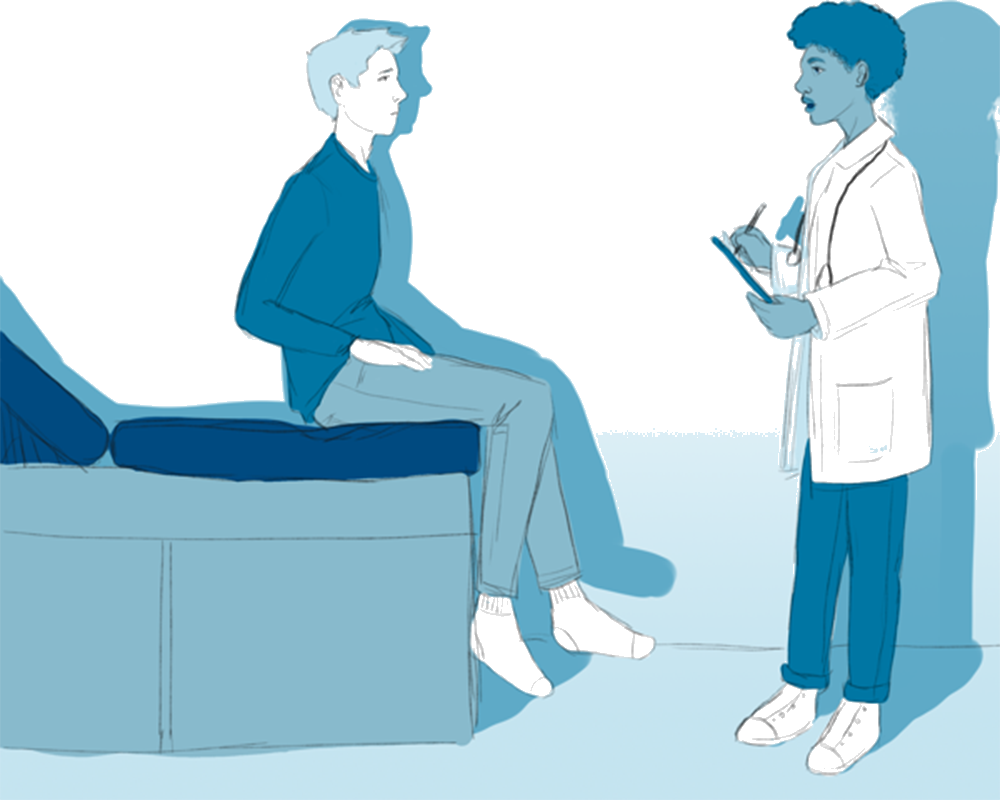
If a community has higher than average health risks, it often requires more medical assistance. But according to a new study from the Yale School of Public Health, the need for Type 2 diabetes screenings in rural communities is not being met.
Individuals in rural communities, like those studied by the study’s first author Phoebe Tran GRD ’22, have a higher risk of developing Type 2 diabetes. Still, the study showed the number of per capita diabetes screenings in rural U.S. communities do not differ from those in urban and suburban areas. Although it may seem equitable to administer the same number of screenings regardless of geography, rural communities’ large rate of Type 2 diabetes-related afflictions puts them in vulnerable positions. According to the paper, rural citizens have higher rates of obesity, high blood pressure and high cholesterol than urbanites.
“There really wasn’t much of a difference between any of the urban, rural and suburban areas,” Tran said. “Even though there’s a higher risk factor for diabetes in rural areas, we still see similar levels of screening across all areas of the US.”
The paper adds to a large body of research that highlights the discrepancies in rural health outcomes. Many studies have found that country regions have both higher rates of chronic diseases, like diabetes, and lower accessibility to treatments than urban centers.
According to a 2010 report from the University of Washington Rural Health Research Center, this problem can in large part be attributed to doctor shortage in rural areas. The center found that about 11 percent of doctors live in rural areas compared to the nearly 20 percent of U.S. citizens who also reside there.
According to Liem, this discrepancy perpetuates the diabetes screening issues.
“A major obstacle in receiving screenings in rural areas is there’s a lack of doctors in that region,” Tran said. “For people who have prediabetes, which is the population we’re looking at, and who might not be manifesting any symptoms, they might not feel the need to get screenings. Especially if it’s something that’s out of their way.”
To increase the geographic proportionality of doctors, the federal government has created programs that provide financial incentives to health care professionals for working in rural communities. One such opportunity, the National Health Care Service Corps Loan Repayment Program, offers to pay up to $50,000 worth of medical school loans in return for working for two years in an underserved community.
However, the transient nature of many health care positions in rural communities can disrupt continuous quality health care. According to Tevis Vitale ’20, a Yale student familiar with rural health work experience, there may be more sustainable methods to approach rural health.
“Doctors can get paid a lot more money if they go to large cities and large hospitals for doing essentially the same work,” Vitale said. “One possible solution is some sort of wage reform for rural healthcare.”
In order to identify the need for more diabetes screenings in rural regions, Tran and her team examined national CDC surveys that were conducted over the past eight years.
Though the research group was able to determine how many received screenings, it was not able to assess what percentage of people with positive tests received follow-up treatment. Tran said that future research in the field should try to find this correlation between rural screenings and treatment.
“Rural-urban health disparities is a specific and interesting aspect of environmental health disparities and environmental justice,” Liem Tran, a co-author of the study, wrote in an email to the News. “Hence the study is certainly a nice contribution to the literature of those areas.”
According to the CDC, there are over 30 million cases of Type 2 diabetes in the United States.
Allen Siegler | allen.siegler@yale.edu







